Mortgage help is available

Both Fannie Mae and Freddie Mac are implementing a number of relief strategies to help borrowers during this critical time. Here’s what they are doing.
If coronavirus has caused job loss, income reduction, sickness, or other issues that impact your ability to make your monthly mortgage payment, relief options are available.
- Homeowners impacted by this national emergency are eligible for a forbearance plan to reduce or suspend their mortgage payments for up to 12 months
- Homeowners in a forbearance plan will not incur late fees
- Credit bureau reporting of past due payments of borrowers in a forbearance plan as a result of hardships attributable to this national emergency is suspended
- After forbearance, a servicer must work with the borrower on a permanent workout option to help maintain or reduce monthly payment amounts as necessary, including a loan modification
- Foreclosure sales and evictions of borrowers are suspended for 60 days
These generally apply to anyone who owns a home, whether it’s your primary residence, a second home or a rental. For more info visit Fannie Mae – Know Your Options or Freddie Mac – Mortgage Help.
More resources for Seattle Homeowners and Renters
Don’t just stop paying your mortgage
Please, please don’t just stop paying your mortgage though! If you are currently in, or expect to be in, financial distress in the coming weeks or months, CALL YOUR LENDER! This is the company you pay your monthly mortgage to. They will work with you to figure if your mortgage is backed by Fannie Mae or Freddie Mac, and help you navigate the necessary steps for getting relief! Without entering into an official agreement with your lender first, late and missed payments will be reported to credit bureaus. NOT A GOOD THING!
It’s also important to understand the difference between a mortgage forbearance plan (usually comes with a balloon payment at end) and a mortgage deferment plan (no balloon payment, just resume paying regular monthly amount). Learn more…
Mortgage relief offered for workers who lost jobs due to coronavirus closures
Utility companies are also stepping up
Puget Sound Energy has announced that they “Will not be disconnecting customers for non-payment during this time”, and Seattle Mayor Jenny Durkan has suspended shut-offs for customers of Seattle City Light and Seattle Public Utilities. Ok phew! But again, it’s critical that you call them to work out a plan, before you just stop sending them a check.
Puget Sound Energy – Covid-19 Response
Seattle Public Utilities – Contact
Seattle City Light – Contact
There is a moratorium on evictions in Seattle right now
If you are a landlord, it’s also important to know that as of March 14th, residential evictions for non-payment of rent are prohibited for 30 days.
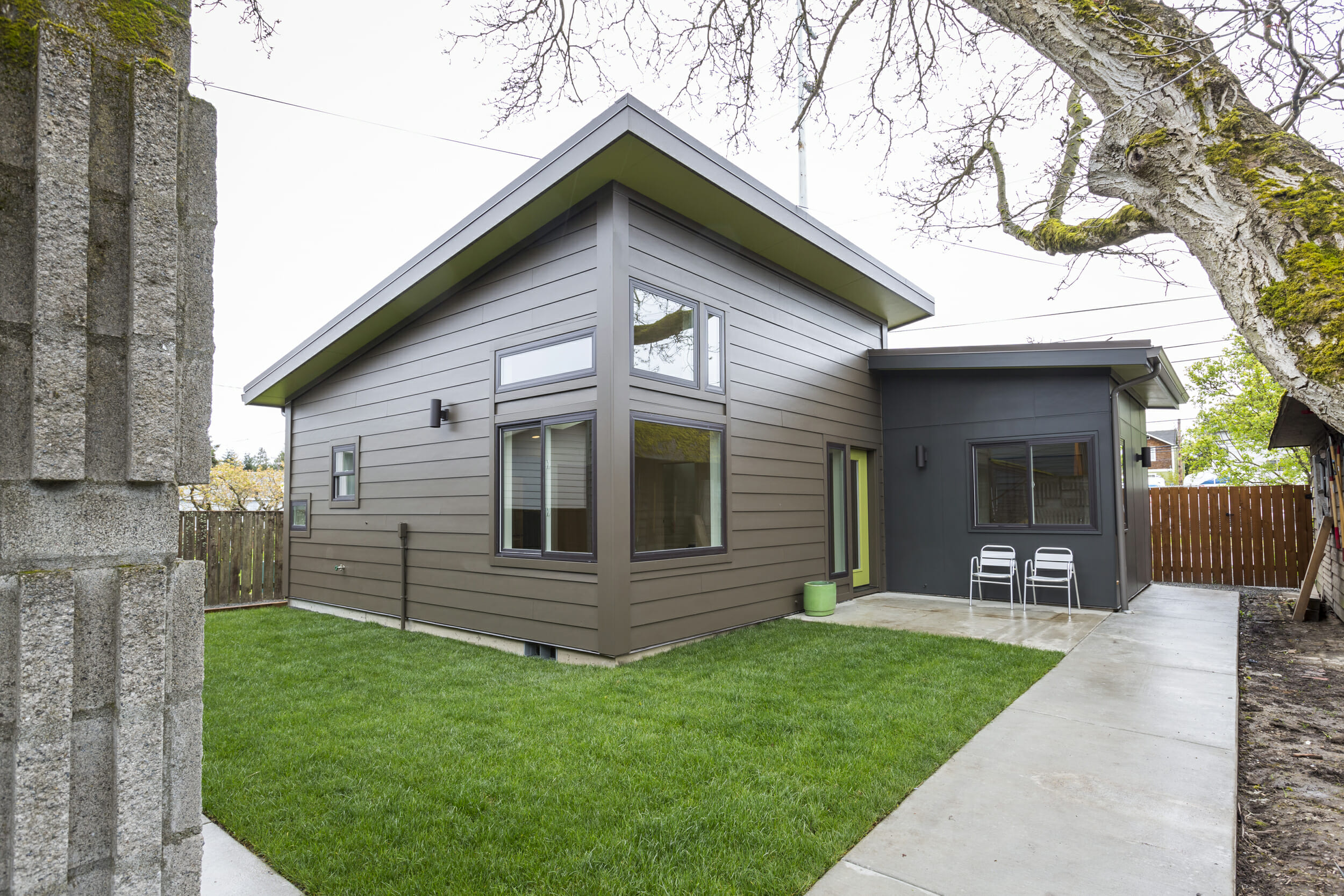

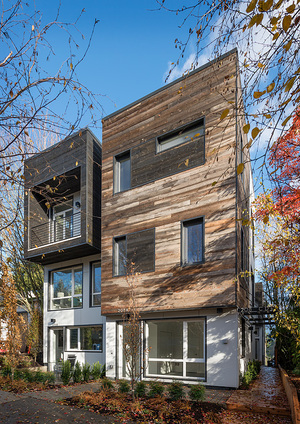
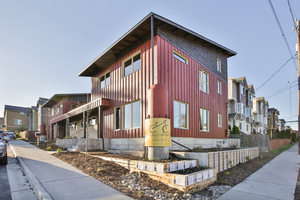


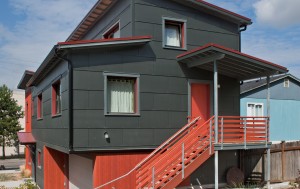
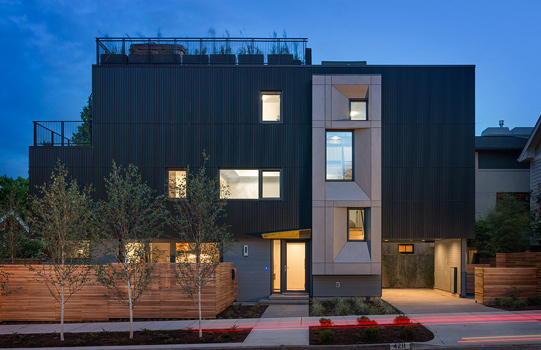
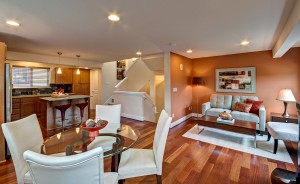

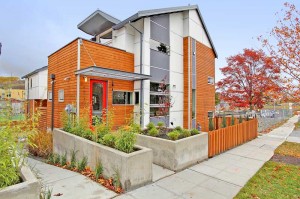
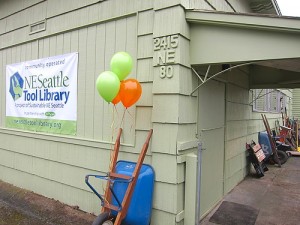 PNA Tool Lending Library
PNA Tool Lending Library